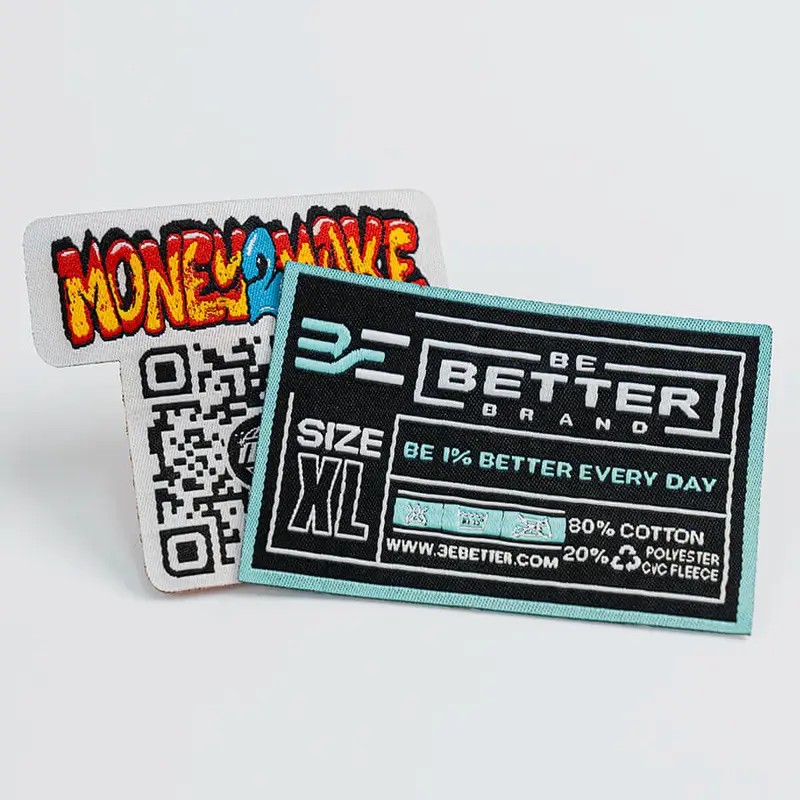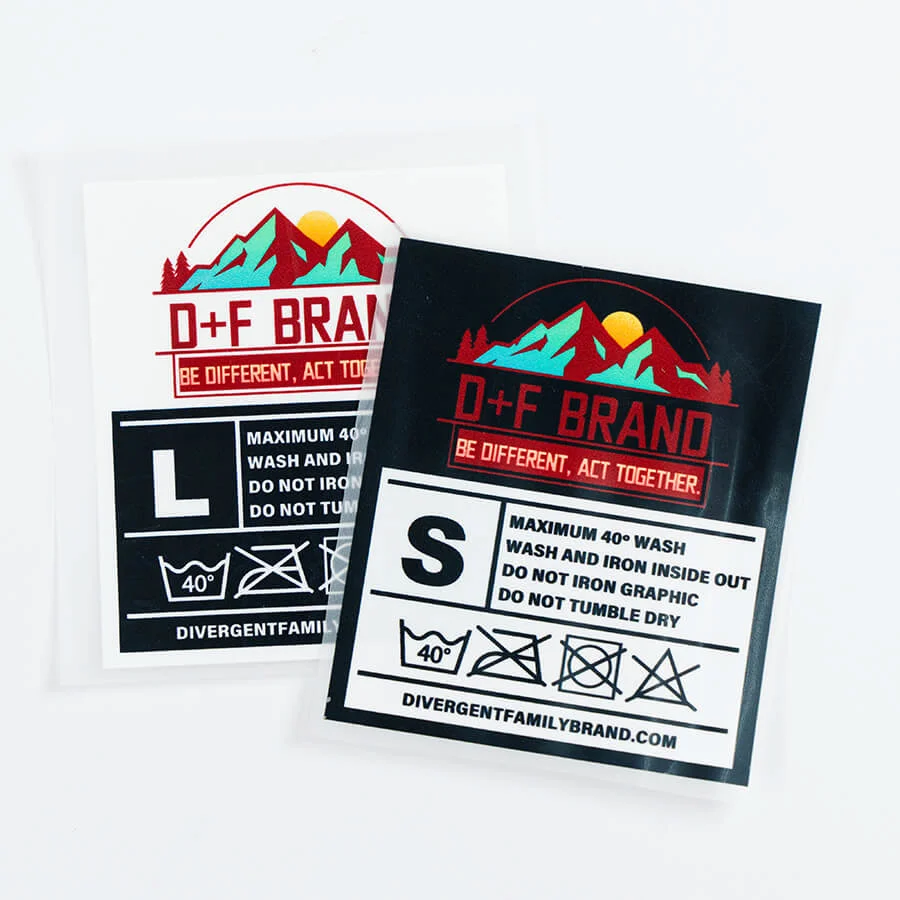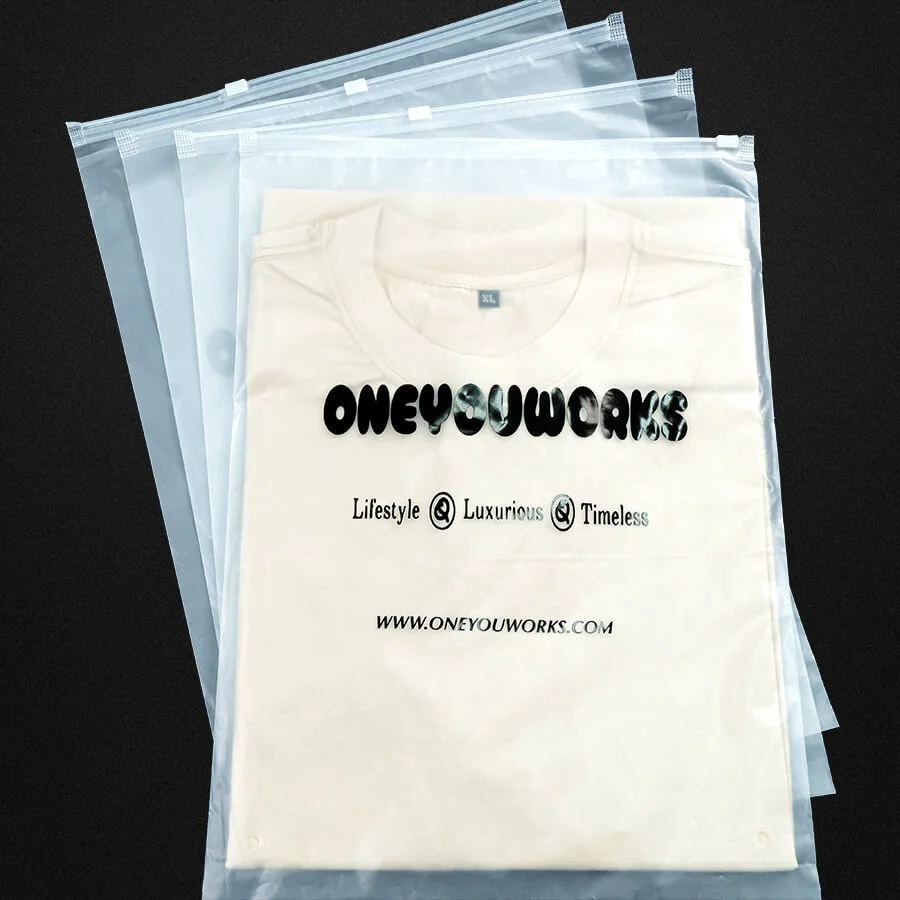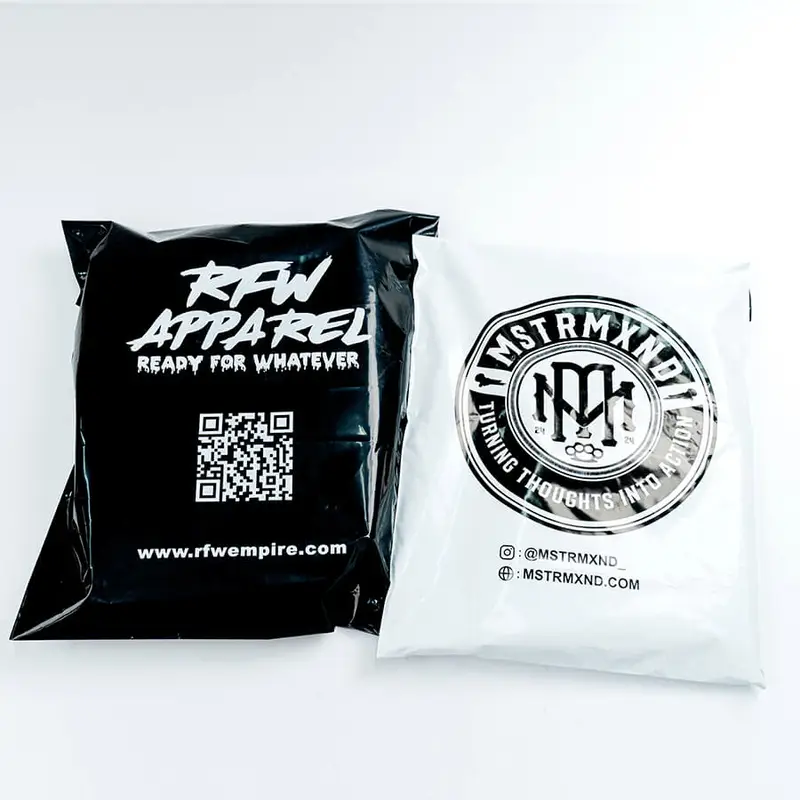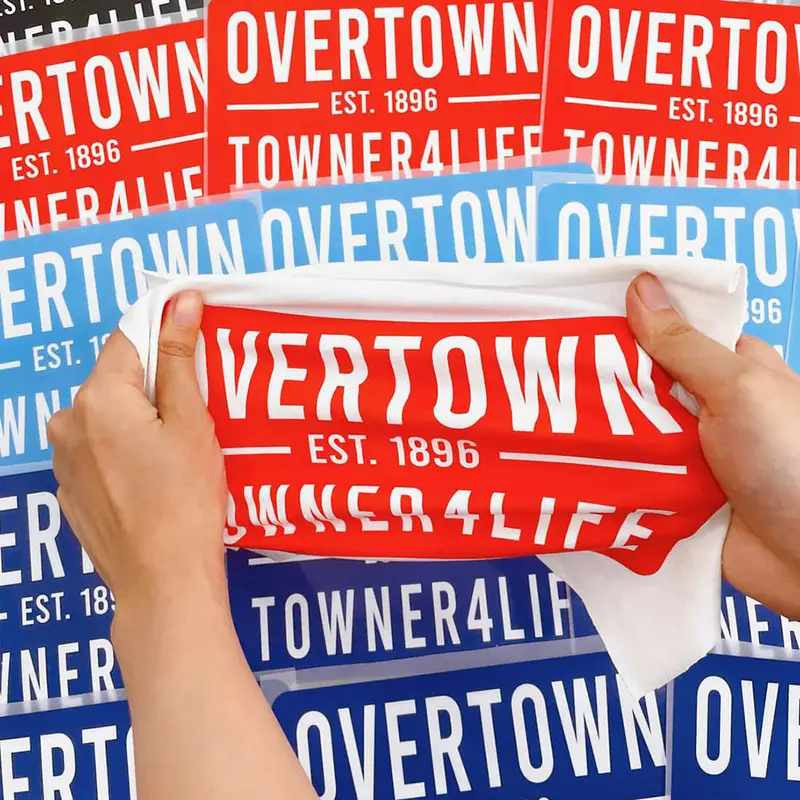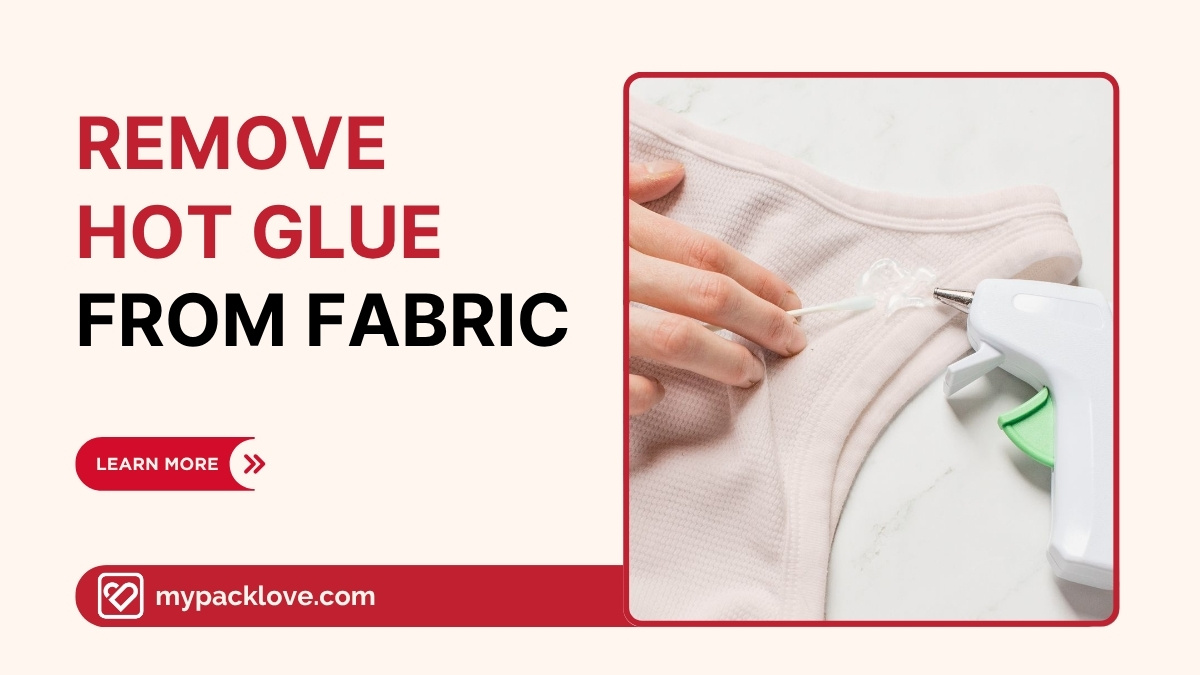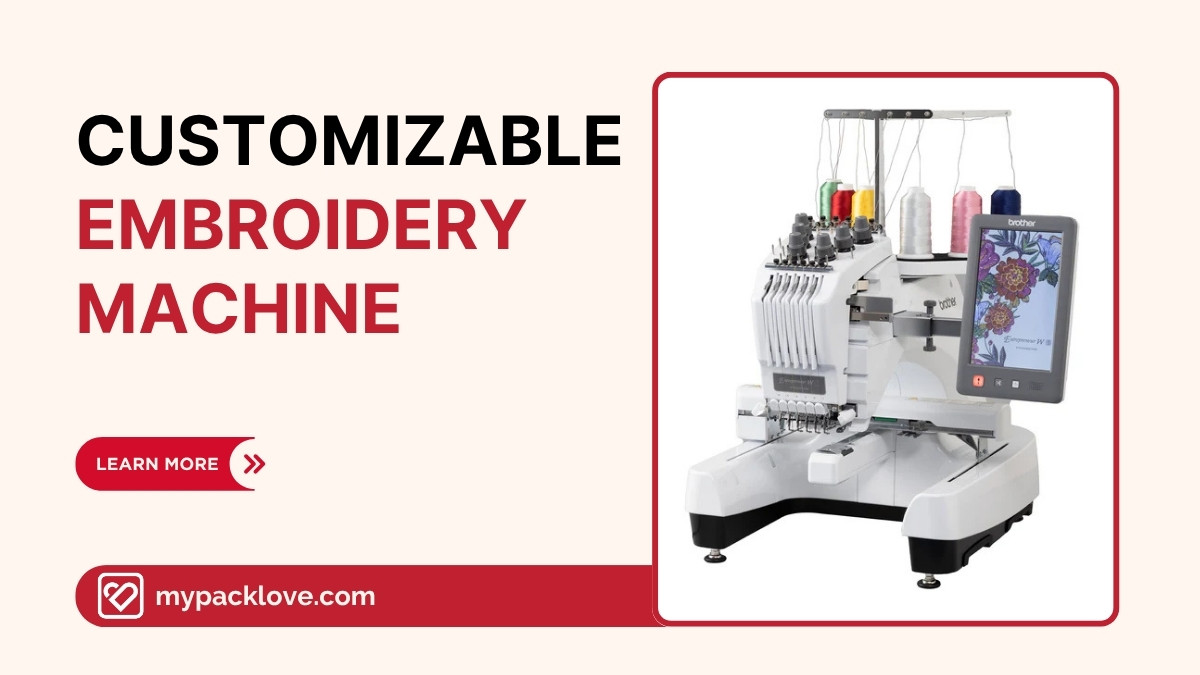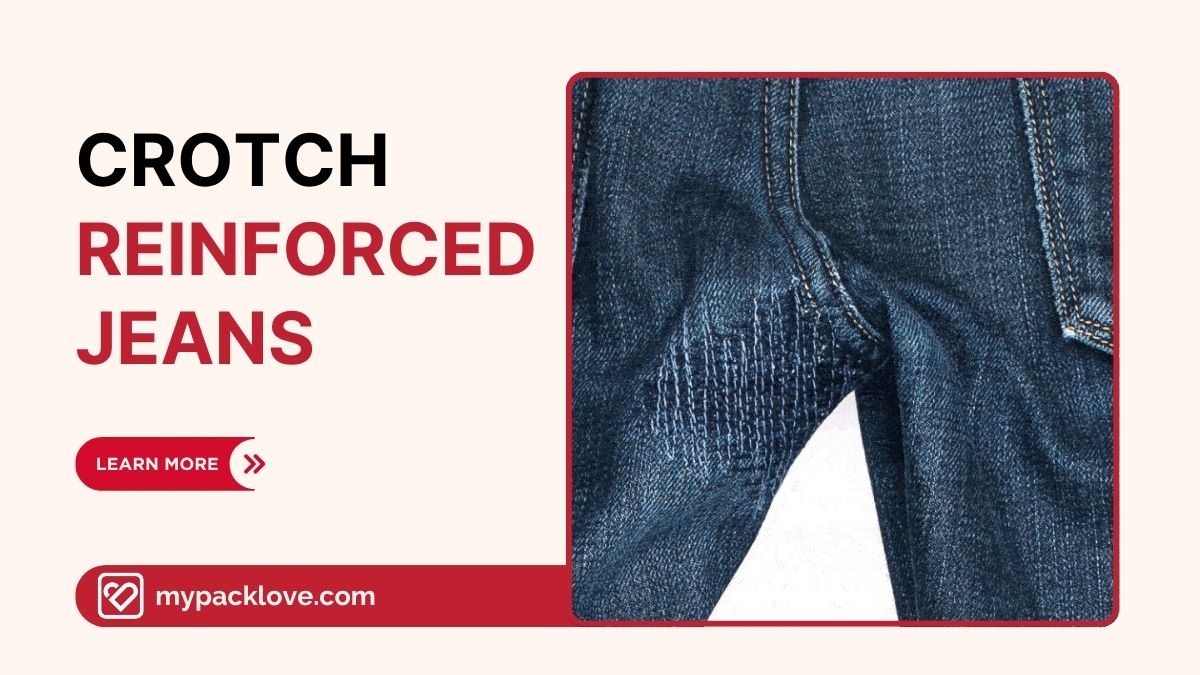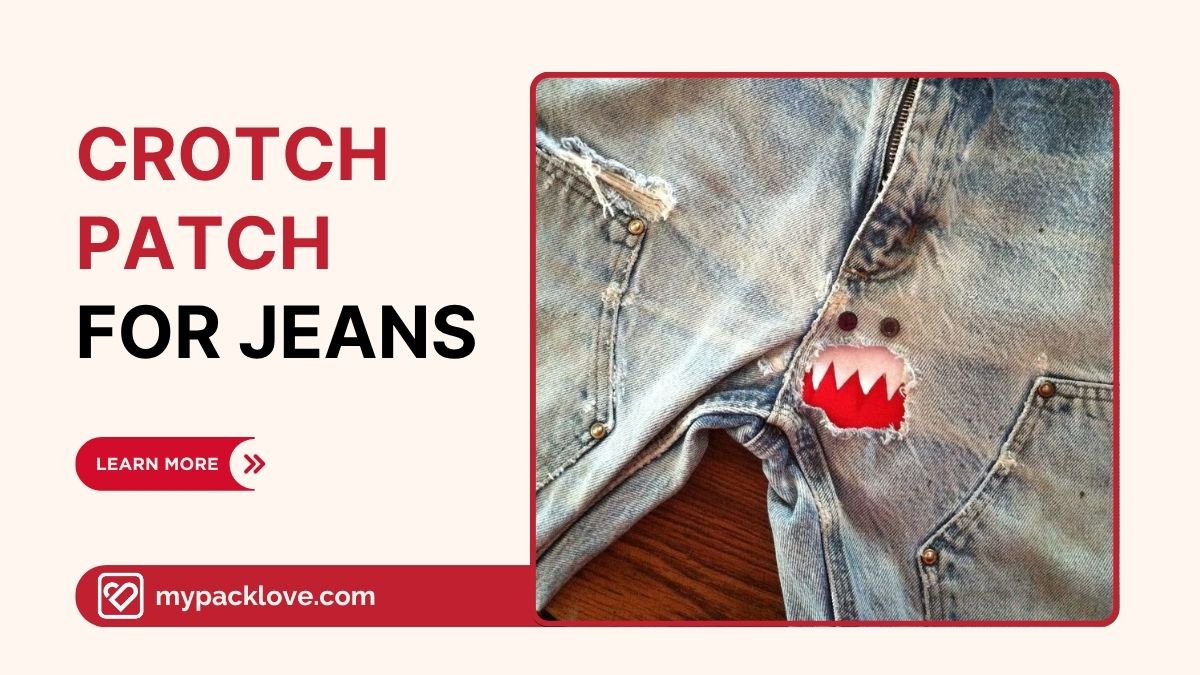Remove Iron-On Patches: Easy and Safe Methods for All Fabrics
Iron-on patches can be a great way to personalize clothing and accessories, but what happens when you want to remove one? Removing an iron-on patch can be tricky, and doing it incorrectly can easily damage the fabric underneath. This guide provides effective methods for removing iron-on patches safely, whether you’re updating an old jacket, removing an outdated logo, or fixing a patching mistake. Learn how to tackle different fabric types, minimize the risk of damage, and effectively deal with leftover adhesive residue. With these techniques, you can confidently remove unwanted patches and preserve your belongings.
1. Effective methods to remove Iron-On patches
1.1 Understanding your fabric and patch
Before attempting to remove an iron-on patch, carefully assess both the fabric type and the patch material. Identifying your fabric (cotton, denim, polyester, silk, etc.) and the patch’s construction (embroidered, printed, etc.) is crucial for determining the most appropriate and safest removal method.
Different fabrics react differently to heat and solvents, so understanding your material is the first step in preventing damage. The patch’s age also plays a role; older patches often require more persistent effort due to the adhesive’s aging and hardening.
Regardless of the method you choose, always test it on an inconspicuous area of the fabric first. This precautionary step helps determine the method’s effectiveness and identify any potential for discoloration, damage, or adverse reactions before applying it to the visible area. By understanding your materials and performing a test, you minimize the risk of ruining your garment and maximize the chances of successful patch removal.
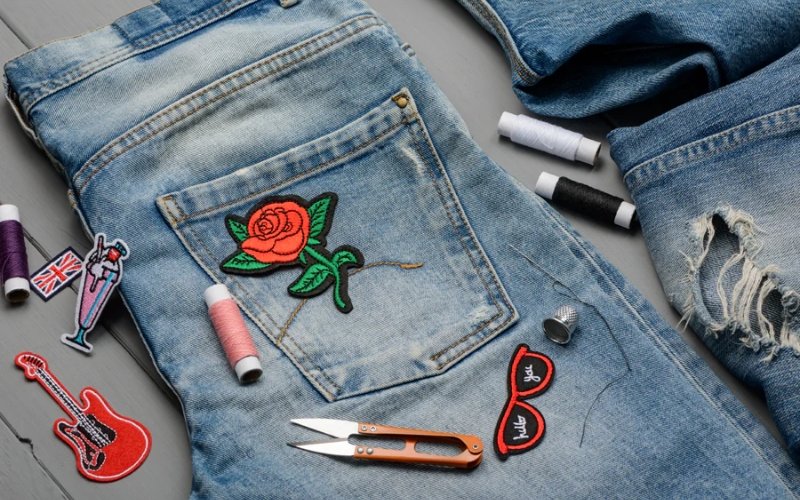
1.2 Heat and steam method
Heat and steam provide an effective method for removing many iron-on patches. Begin by placing a clean cloth over the patch to protect the underlying fabric from direct heat. Using a heat press set to a low or medium temperature, apply pressure to the patch for several seconds to soften the adhesive.
Gently attempt to peel the patch away while it’s still warm. If it doesn’t come off easily, repeat the heating and peeling process until the patch releases. However, always test this method on a small, inconspicuous area first to ensure the fabric can withstand the heat without damage. Patience and a gentle approach are key to avoiding scorching or tearing the fabric.

1.3 Cold treatment method
Cold treatment offers an alternative approach to removing iron-on patches. Place the garment with the patch inside a plastic bag and put it in the freezer for several hours. The freezing temperature makes the adhesive brittle, weakening its bond with the fabric.
Once the adhesive is frozen, gently try to peel the patch away. If necessary, carefully use a dull tool like a butter knife to assist in lifting the patch. However, exercise caution, as this method isn’t suitable for all fabrics. Always check the fabric care label before attempting cold treatment, as some materials may be damaged by freezing temperatures.
1.4 Chemical solvent method (for stubborn patches)
Chemical solvents can effectively remove iron-on patches but require careful handling. Work in a well-ventilated area and wear protective gloves and a mask to prevent inhalation of fumes. Select a solvent specifically designed to dissolve adhesives; acetone or nail polish remover can work, but they may damage certain fabrics.
Apply a small amount of the solvent to a clean cloth and gently dab it onto the adhesive, taking care not to soak the fabric. Let the solvent work for several minutes before attempting to peel the patch away. Repeat as necessary.
Afterward, thoroughly wash the garment according to its care instructions to remove any remaining solvent residue. Always test the solvent on an inconspicuous area first to check for fabric compatibility and prevent damage.
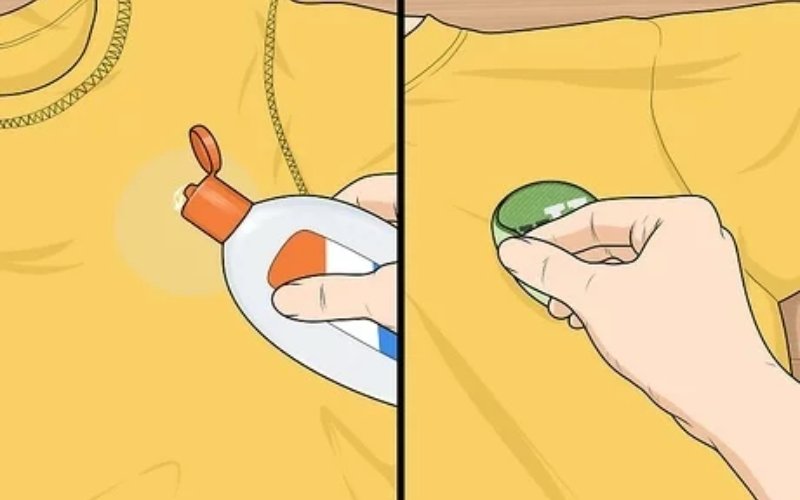
2. Removing adhesive residue after patch removal
2.1 Using adhesive removers
Commercial adhesive removers offer an effective solution for tackling stubborn adhesive residue left behind after patch removal. Apply the product according to the manufacturer’s instructions, typically working it into the residue and gently scrubbing with a soft toothbrush or cloth.
Avoid harsh scrubbing or abrasive materials that could damage the fabric. Different adhesive removers have varying strengths and formulations, so choose one appropriate for your fabric type. Test the remover on an inconspicuous area first to ensure compatibility and prevent discoloration or damage. Once the residue is removed, launder the garment as usual to eliminate any remaining remover and refresh the fabric.
2.2 Natural residue removal solutions
Natural solutions like white vinegar or baking soda can effectively remove adhesive residue without harsh chemicals. Saturate the residue with white vinegar and allow it to soak for a period, typically 30 minutes to an hour, before laundering the garment as usual.
Alternatively, create a paste of baking soda and water, apply it to the residue, let it dry completely, and then gently brush it off before washing. These eco-friendly methods are gentler on fabrics and often sufficient for removing light to moderate adhesive residue. For stubborn residue, repeat the process or consider a commercial adhesive remover, always testing on an inconspicuous area first.
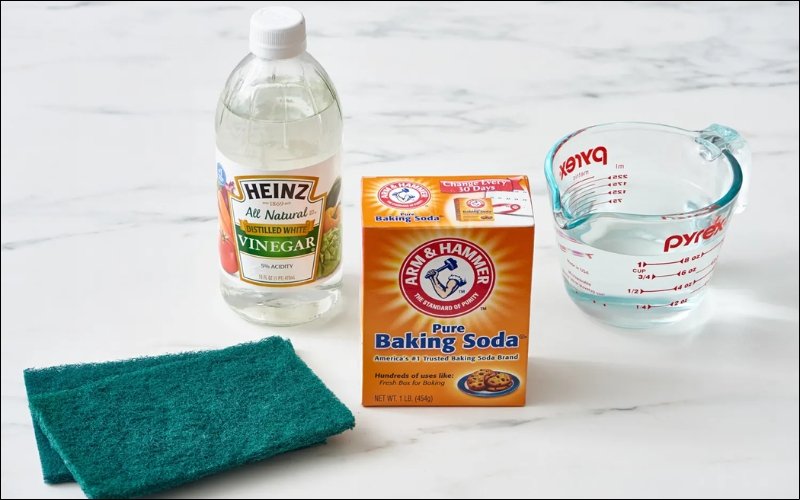
3. Special considerations for different fabrics
3.1 Delicate fabrics (Silk, Lace, etc.)
Delicate fabrics like silk, lace, or vintage materials require extra caution during patch removal. Prioritize gentle methods such as cold treatment or carefully controlled low heat to minimize the risk of damage. Avoid harsh chemical solvents, which can easily discolor or weaken delicate fibers.
For particularly valuable or intricate items, consulting a professional dry cleaner experienced in handling delicate fabrics is highly recommended. Their expertise can help prevent irreversible damage and ensure the garment’s preservation.
Always test any removal method on an inconspicuous area of the delicate fabric first, even gentle methods, to assess its reaction and prevent unintended consequences. Patience and a gentle approach are key when working with delicate materials.
3.2 Leather and Suede
Removing patches from leather and suede requires specialized care. Use only adhesive removers specifically designed for leather or suede to avoid damaging these materials. Test the remover on an inconspicuous area first to ensure compatibility.
After successfully removing the patch and any adhesive residue, condition the leather or suede with an appropriate leather or suede conditioner. This restores the material’s suppleness and prevents drying or cracking. Avoid using heat or excessive moisture on leather and suede, as these can cause irreversible damage.
For valuable leather or suede items, consulting a professional leather cleaner is recommended for optimal results and preservation of the material.
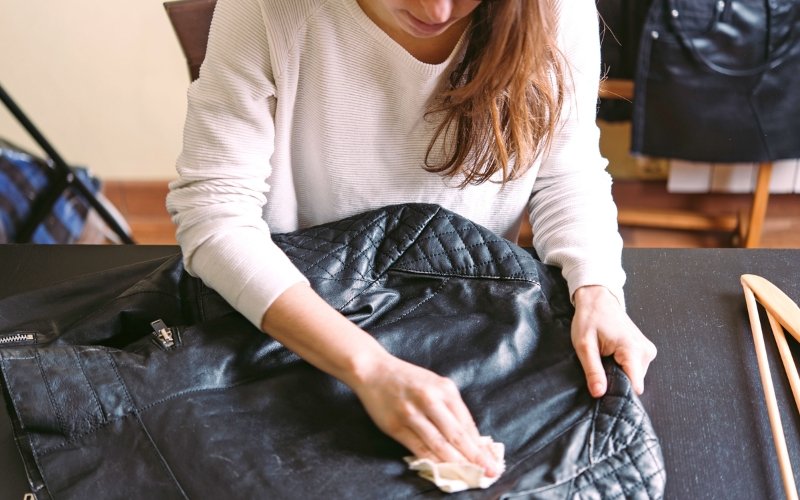
4. FAQs about Iron-On patch removal
4.1 Can I reuse the patch after removing it?
Unlikely. The adhesive will be compromised during removal
4.2 What if the patch leaves a stain after removal?
If a stain remains after patch removal, specific stain removal techniques can often address the issue. The appropriate method depends on the fabric type and the nature of the stain. For common stains on washable fabrics, applying a stain remover or pre-treating the area before laundering can be effective.
For delicate fabrics or stubborn stains, consulting a professional dry cleaner is recommended. They possess specialized knowledge and techniques for handling various stain types without damaging the fabric. Always test any stain removal method on an inconspicuous area first to ensure compatibility and avoid exacerbating the problem.
With careful treatment, most stains left by patches can be successfully removed, restoring the garment’s original appearance.
4.3 How can I prevent fabric damage during removal?
Preventing fabric damage during patch removal hinges on careful preparation and method selection. Always test your chosen removal method on an inconspicuous area of the fabric first. This crucial step helps determine the fabric’s reaction and prevents potential damage to the visible area.
Select the appropriate removal method based on the fabric type and the patch’s construction. Delicate fabrics require gentler methods like cold treatment or low heat, while sturdier fabrics might tolerate more robust techniques. Avoid excessive heat, harsh chemicals, or aggressive scrubbing, as these can easily damage or discolor the fabric.
Patience and a gentle approach are key to successful patch removal without causing harm to your garment. If you’re unsure about the best approach, consulting a professional cleaner, especially for valuable or delicate items, is always a wise precaution.
4.4 Is it better to use heat or cold to remove a patch?
Both heat and cold can be effective for removing iron-on patches, but each method works differently and suits different fabric types. Heat softens the adhesive, making it easier to peel the patch away. This method is generally faster but can potentially damage delicate fabrics if not applied carefully.
Cold, on the other hand, makes the adhesive brittle, weakening its bond with the fabric. While cold treatment might take longer, it’s generally gentler on delicate materials and reduces the risk of heat damage. The best choice depends on the specific fabric and the patch’s construction.
For sturdy fabrics, heat is often the quicker option, while cold is a safer bet for delicate materials. Always test both methods on an inconspicuous area first to determine which works best for your particular situation.
4.5 What should I do if I’m unsure about removing the patch myself?
If you’re hesitant or unsure about removing an iron-on patch yourself, especially from a valuable or delicate garment, taking it to a professional cleaner is always the best course of action. Professional cleaners have the expertise, tools, and experience to safely remove patches from various fabrics without causing damage.
They can assess the garment’s material, the patch’s construction, and determine the most appropriate removal method. While DIY methods can be successful, professional cleaning offers added peace of mind and minimizes the risk of ruining your belongings, especially for items you cherish or that require specialized care. For delicate fabrics, vintage items, or expensive garments, professional cleaning is a worthwhile investment.
5. My Pack Love – Providing services for Iron-On patch removal and application
For all your patching needs, My Pack Love offers comprehensive expertise and services. Whether you’re looking to create custom patches, seeking guidance on proper patch application and removal techniques, or need access to high-quality patching materials, My Pack Love is your trusted resource.
Our experience in patch creation, application, and removal ensures your patching projects are successful and achieve professional-looking results. We specialize in creating custom embroidered patches, woven patches, and other insignia, offering design assistance and ensuring compliance with any specific requirements.
From custom patch design and creation to expert advice on application and removal, My Pack Love provides a one-stop solution for all your patching endeavors. Contact us today at https://mypacklove.com/ to discuss your patching needs and discover how we can help you achieve the perfect patch placement and removal every time.

Read More:
- How to make custom poly mailers: Design, print & order
- USPS poly mailers: Sizes, regulations & where to buy
- How to print on poly mailers: Methods, costs and eco-friendly options
Removing iron-on patches can be a straightforward process when using the right techniques. By carefully considering your fabric type and choosing the appropriate method, you can successfully remove unwanted patches without damaging your garments. Remember to test any method on a hidden area first and to consult a professional for valuable or delicate items. My Pack Love is here to support you with all your patching needs, from creating custom patches to providing expert advice. Share your patch removal experiences in the comments below!

